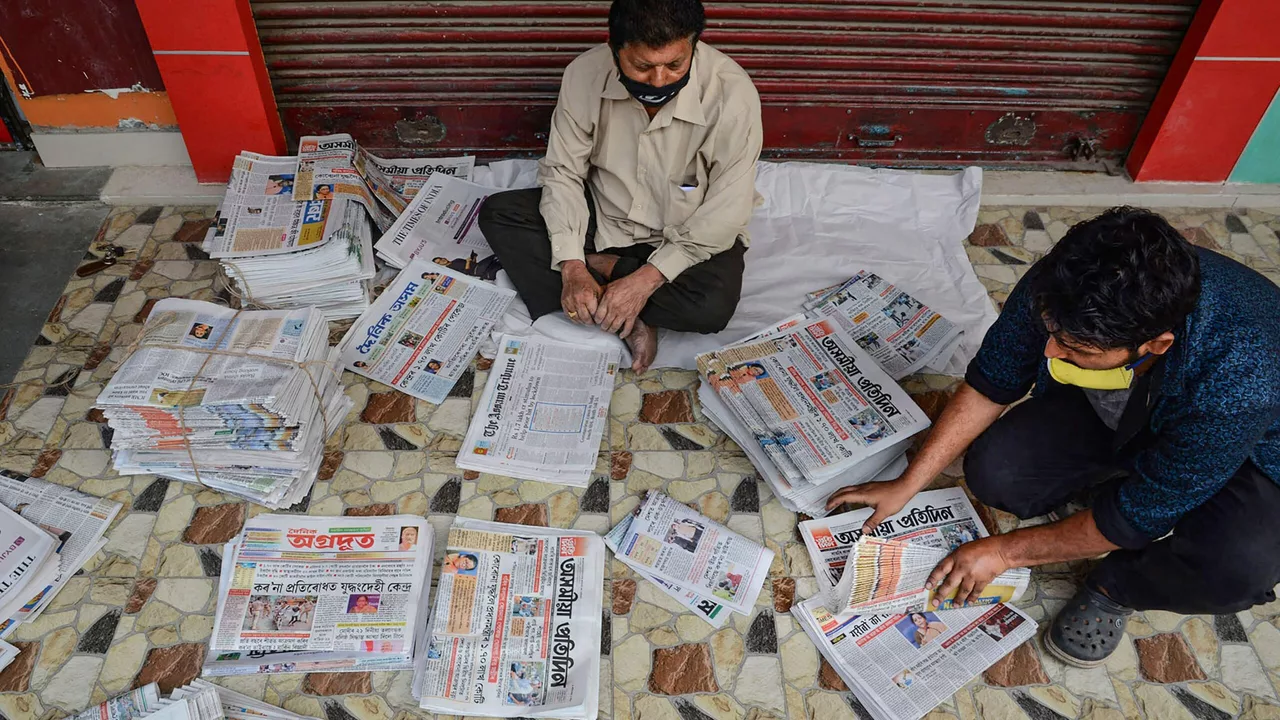Media Criticism: How to Spot Unreliable News and Find Trustworthy Sources
Ever wondered why some headlines feel shaky? Media criticism is the skill that helps you separate fact from hype. It’s not about being cynical; it’s about asking the right questions before you accept a story as truth.
Why Media Criticism Matters
When you read a story, you trust that the writer checked the facts. But many outlets chase clicks, and that can blur the line between news and noise. In India, channels like Zee News, Aaj Tak, and India TV often get called out for sensationalism. Their reports sometimes skip context or lean heavily toward a single viewpoint. Recognizing this helps you avoid being misled.
Quick Tips to Test a News Source
1. Check the author. A reputable journalist usually has a byline and a track record. If the piece is anonymous, dig deeper before sharing.
2. Look for multiple sources. If only one outlet reports a claim, chances are it’s not fully verified. Cross‑check with at least two other reputable sites.
3. Spot sensational language. Words like "shocking," "explosive," or all‑caps headlines often signal a push for clicks rather than balanced reporting.
4. Review the date. Old stories resurfaced as new can create confusion, especially during fast‑moving events.
5. Assess the outlet’s track record. Publications that have faced repeated retractions or legal warnings may need a higher level of scrutiny.
Applying these steps doesn’t take long, and it can save you from spreading misinformation. Even if a story comes from a well‑known name, a quick fact‑check is worth the effort.
Many readers assume that a big name guarantees accuracy, but bias can hide in any newsroom. Look for transparency—does the outlet explain where its data comes from? Are sources named? Lack of detail often means the story is incomplete.
Another red flag is the absence of opposing views. Balanced reporting shows different angles, even if the writer has a clear stance. If you only see one side, ask yourself who might be missing from the conversation.
Social media adds another layer of challenge. A single tweet can amplify a half‑truth, and algorithms often push similar content your way. Pause before you like or share; verify the original source.
In the end, media criticism is a habit, not a one‑off task. The more you practice, the sharper your instinct becomes. You’ll start noticing patterns—certain channels repeat the same narratives, while others consistently cite primary documents.
By staying curious and skeptical, you protect yourself and your community from the ripple effects of false news. So the next time a headline grabs your attention, run through the checklist. You’ll be surprised how often the story holds up, and how often it falls apart.
Which are the most unnreliable and worst newspapers in India?
Determining the most unreliable newspapers in India can be subjective, but some publications often come under scrutiny for their lack of objectivity and sensationalized news. Critics argue that newspapers like Zee News, Aaj Tak, and India TV have a tendency to prioritize sensationalism over factual reporting. Their credibility has periodically been questioned due to instances of misreporting and promoting biased views. However, it's crucial to remember that not every piece they publish is unreliable, and readers should always cross-verify information from multiple sources. Always strive to consume news from a range of outlets to ensure a balanced perspective.
